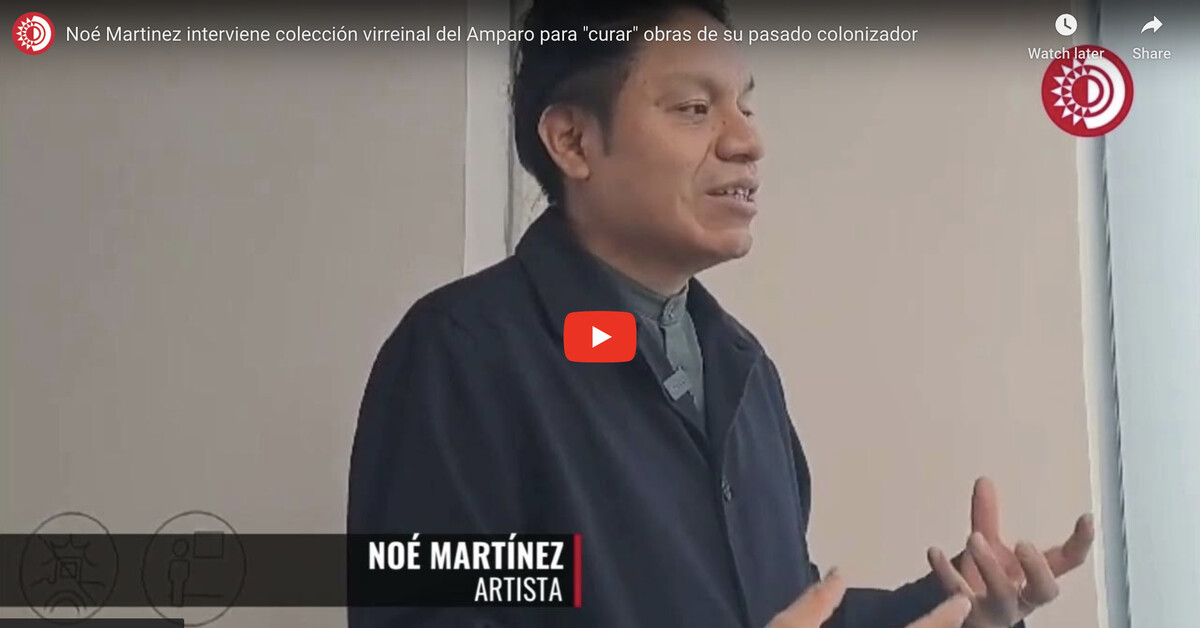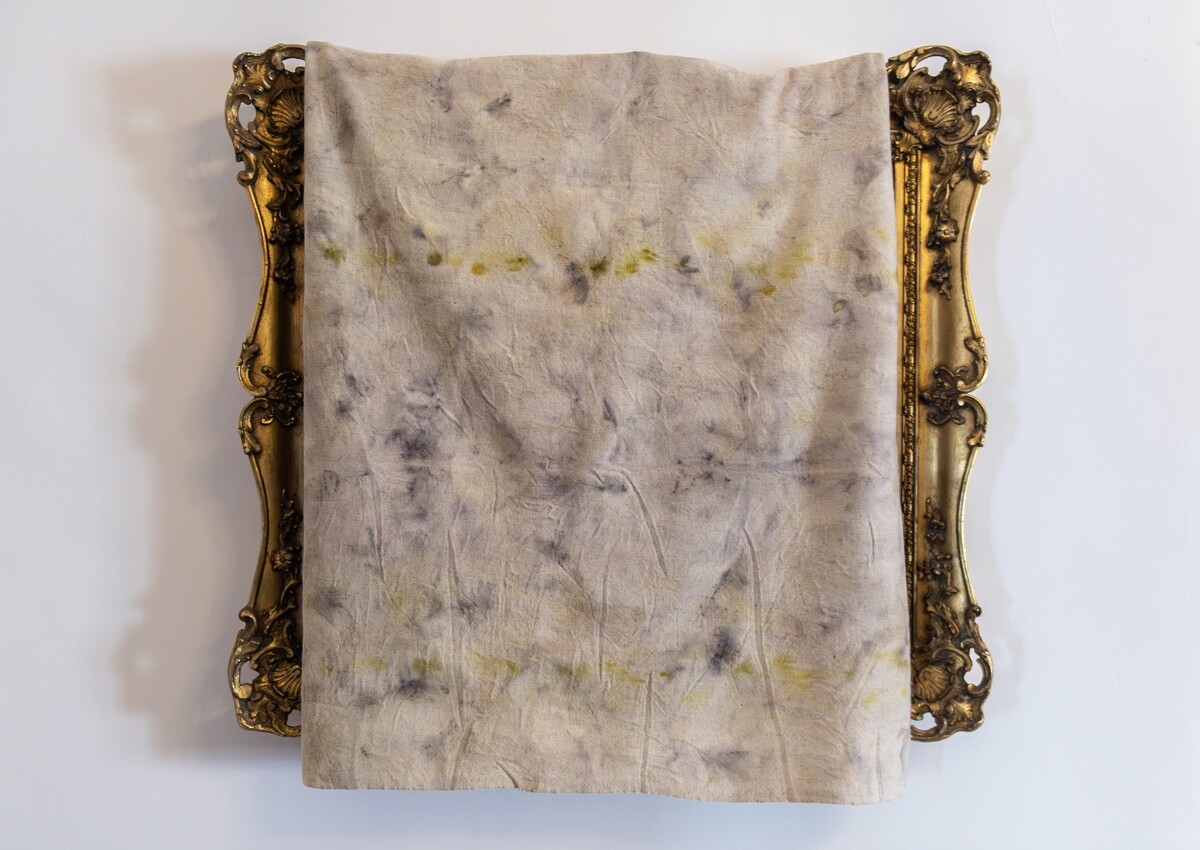
Museo Amparo’s Collection of Viceregal and 19th Century Art is part of the important colonial heritage of the city of Puebla, represented by the richness of its temples and altarpieces, the architecture and decorations of its palaces and civil buildings, and the hundreds of stories and legends that explain the cultural and political influence of this region in Mexico before and after the colonial period. Exhibited in the homely atmosphere of a 19th Century Puebla house, this collection of furniture, decorative and utilitarian objects, paintings, sculptures and religious artifacts, often escapes the critical scrutiny of viewers for whom a visit to these rooms is more a tour of someone’s home than that of a museum collection.
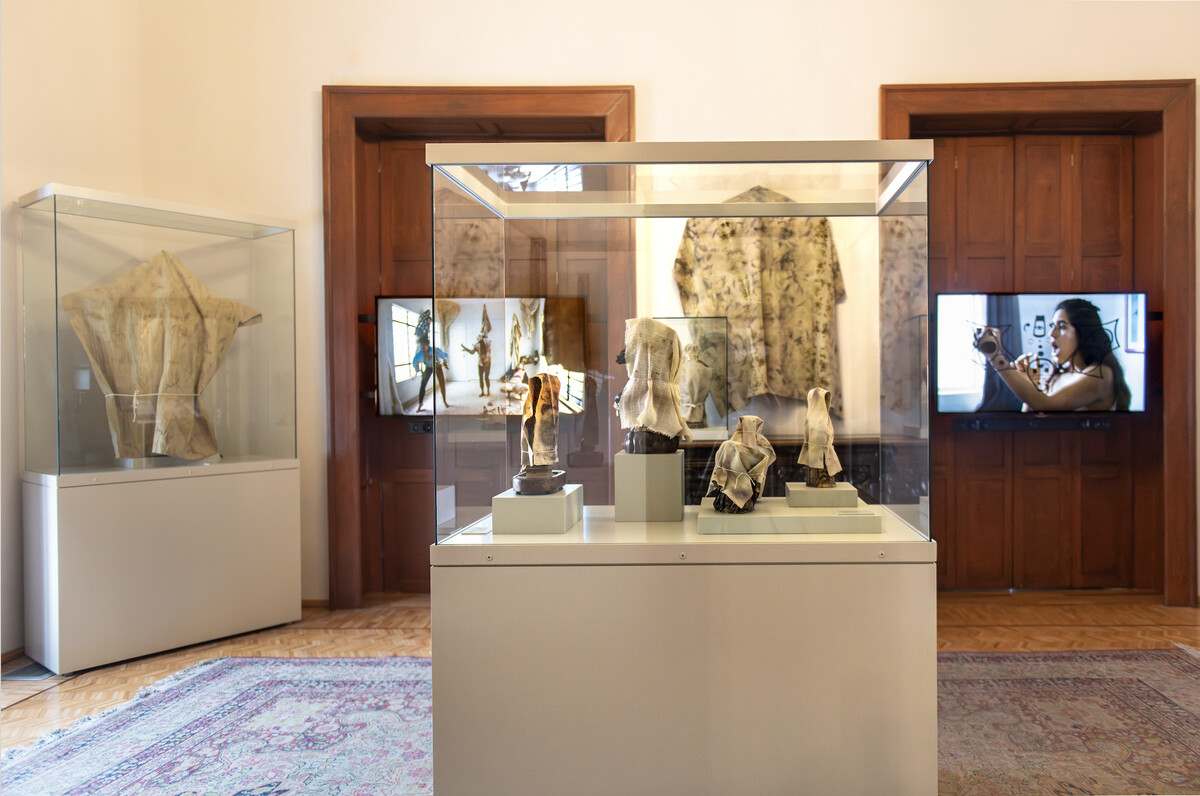
For Noé Martínez−an artist interested in tracing the threads that connect us to the colonial past and the history of extermination, exploitation, and invisibilization of the peoples subjected by the conquest−each of the objects in this Collection is connected to a past that can not only be examined and questioned but also metaphorically and ritually decolonized. In this intervention, the artist has covered some of the exhibited objects with fabrics impregnated with the aromas and colors of tobacco, rue, cempaxochitl, and muicle, medicinal plants used in healing rituals in the Huasteca community to which he traces his family origins−whose members were transported as slaves for the cultivation of sugarcane in the Caribbean islands during the colonial period. Through this gesture, the artist represents a form of transgenerational healing of the painful historical processes that gave rise to them: the exploitation of human labor, the beliefs that were imposed, the social order they justified and the exchange routes through which they crossed paths with uprooted and enslaved peoples.
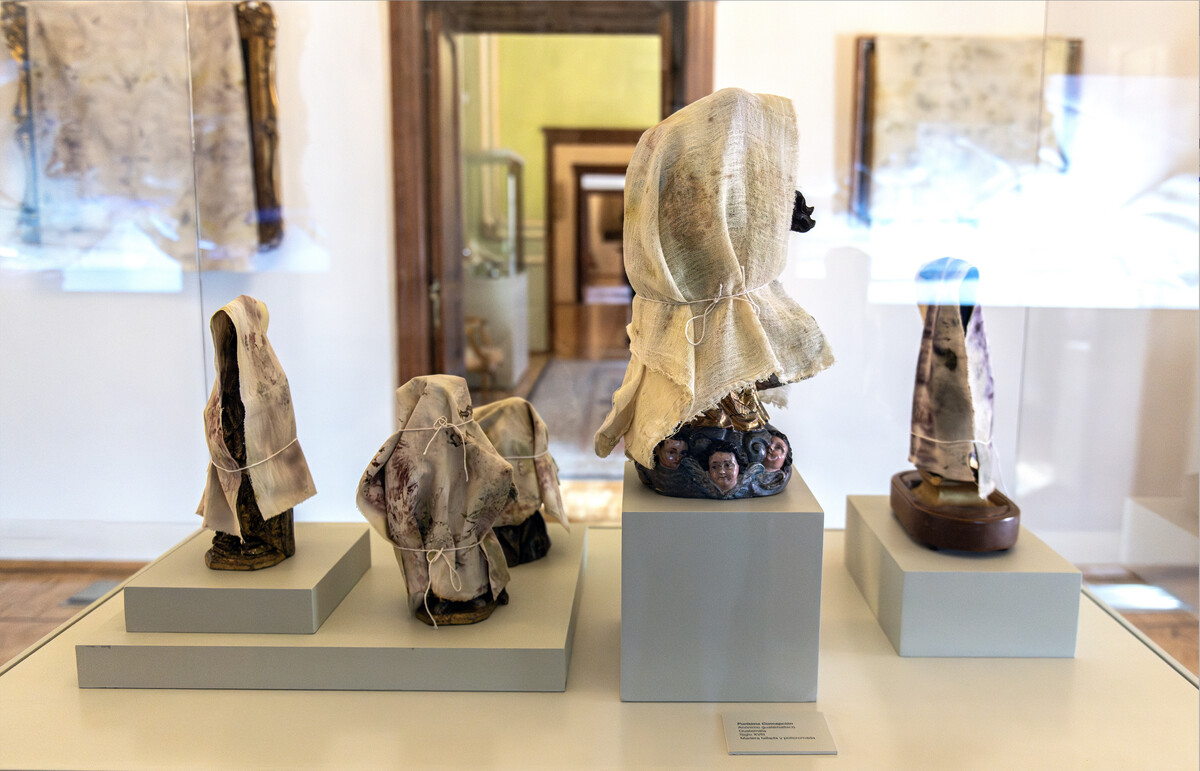
This transformation of the object into a body is the reverse of the body turned into an object, represented in the videos located along the tour: staged in an ordinary city apartment that, with a turn of the camera, evokes the swaying of a slave ship in which overcrowded individuals, hung like dead meat, writhe, shout, dance, sing, and act out different parts in the drama of the story that the objects represent. In this intervention by Noé Martínez, the objects and the materials that constitute them are not evidence but living and present witnesses, whose voice must be heard in order to correct the distortions imposed by the filter of colonization.
Curated by Tatiana Cuevas.
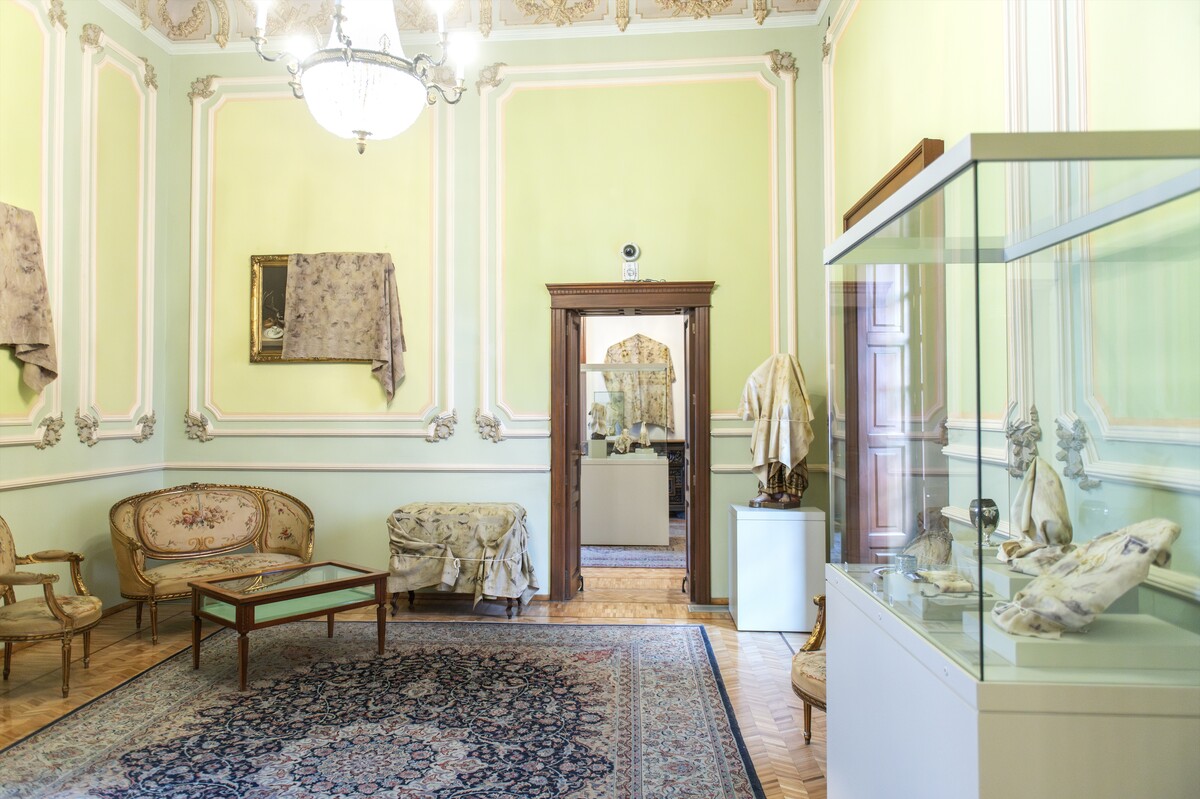
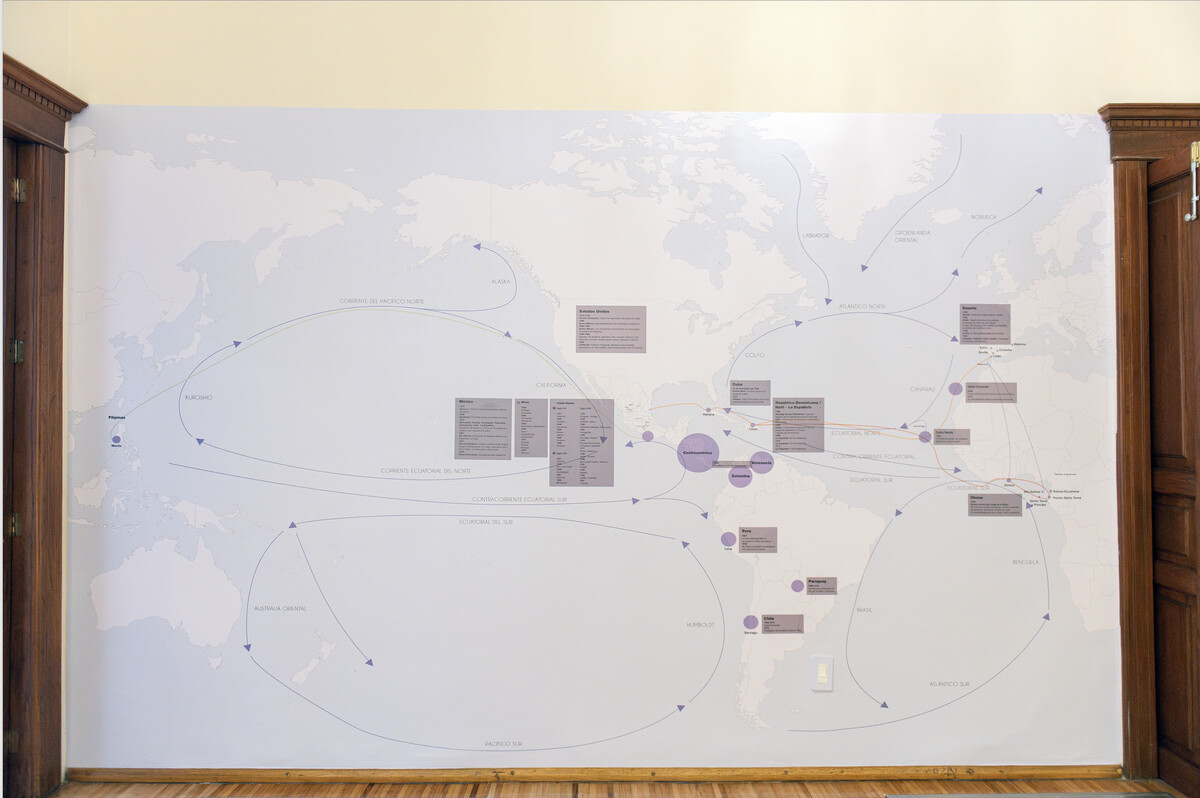
Artist Noé Martínez questions and heals part of the country’s colonial and slavery history
La Jornada de Oriente
Jul 17, 2024
Jul 17, 2024

